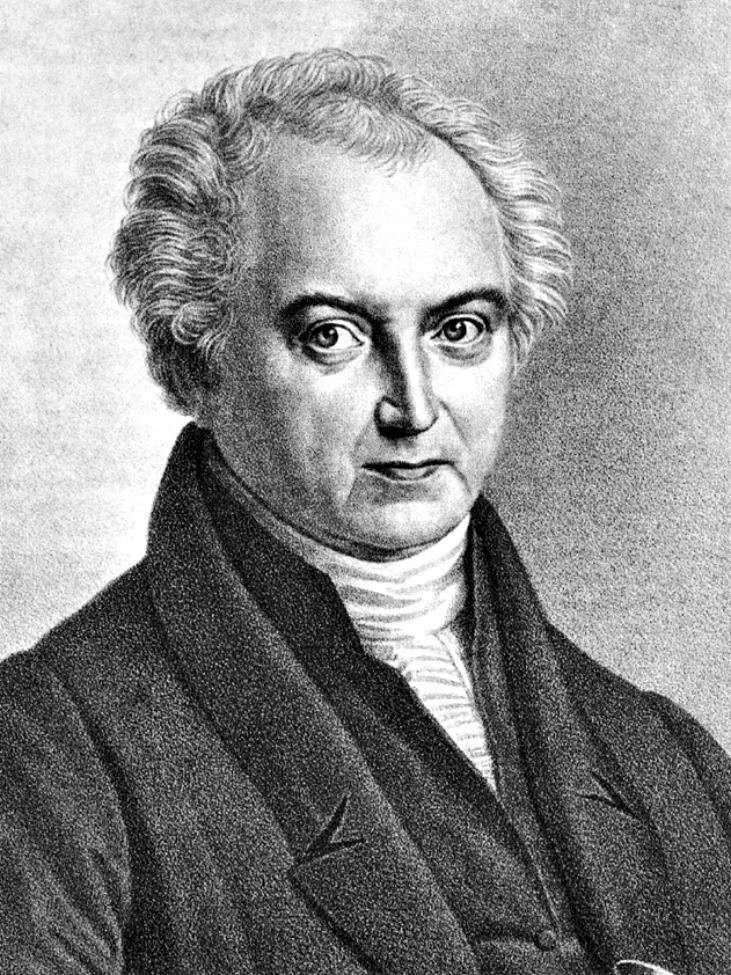Nationality German Role Astronomer | Name Heinrich Matthias Fields MedicineAstronomy | |
 | ||
Similar People Giuseppe Piazzi, Friedrich Bessel, Johann Elert Bode, Franz Xaver von Zach, William Herschel | ||
Education University of Gottingen | ||
Heinrich Wilhelm Matthias Olbers (; [ˈɔlbɐs]; October 11, 1758 – March 2, 1840) was a German physician and astronomer.
Contents
Life and career
Olbers was born in Arbergen, today part of Bremen, and studied to be a physician at Göttingen (1777–80). While he was at Göttingen, he studied mathematics with Abraham Gotthelf Kästner. In 1779, while attending to a sick fellow student, he devised a method of calculating cometary orbits which made an epoch in the treatment of the subject. It was the first satisfactory method of calculating cometary orbits. After his graduation in 1780, he began practicing medicine in Bremen. At night he dedicated his time to astronomical observation, making the upper story of his home into an observatory.
On March 28, 1802, Olbers discovered and named the asteroid Pallas. Five years later, on March 29, 1807, he discovered the asteroid Vesta, which he allowed Carl Friedrich Gauss to name. As the word "asteroid" was not yet coined, the literature of the time referred to these minor planets as planets in their own right. He proposed that the asteroid belt, where these objects lay, was the remnants of a planet that had been destroyed. The current view of most scientists is that tidal effects from the planet Jupiter disrupted the planet-formation process in the asteroid belt. On March 6, 1815, Olbers discovered a periodic comet, now named after him (formally designated 13P/Olbers). Olbers' paradox, described by him in 1823 (and then reformulated in 1826), states that the darkness of the night sky conflicts with the supposition of an infinite and eternal static universe.
In July 1804 the young Friedrich Wilhelm Bessel contacted Olbers to get his opinion of Bessel's treatise on orbit calculation of Halley's comet. Olbers noticed the outstanding quality of this work and arranged for its publication.
In 1804 Olbers was elected a Fellow of the Royal Society of London, a Foreign Honorary Member of the American Academy of Arts and Sciences in 1822, and in 1827 a foreign member of the Royal Swedish Academy of Sciences.
Olbers was deputed by his fellow citizens to assist at the baptism of Napoleon II of France on June 9, 1811. He was a member of the corps legislatif in Paris 1812–13. He died in Bremen aged 81. He was twice married, and one son survived him. Olbers' paradox, the argument that the dark sky at night shows that stars cannot be evenly distributed through infinite space, is named for him, though others had also advanced it.
Honors
The following celestial features are named for him:
There is a statue of him in Bremen, Germany in Wallanlagen (a beautiful city park). Approximately here on Google Maps: near Am Wall 182-211, 28195 Bremen, Germany.
